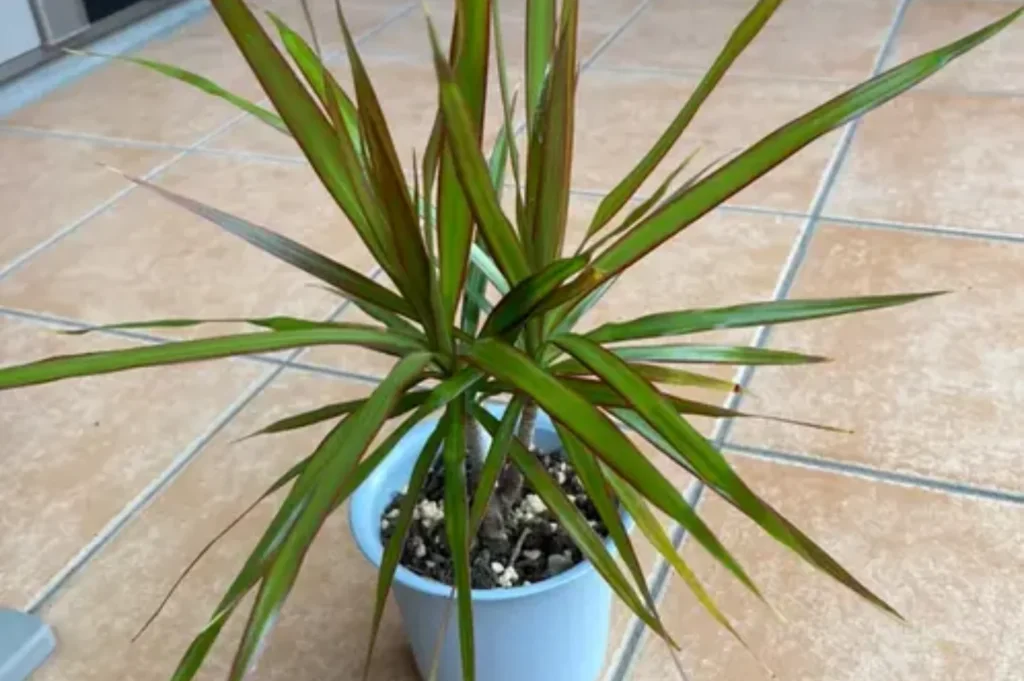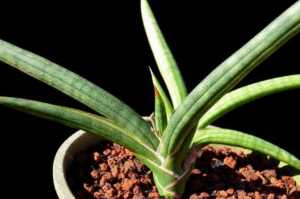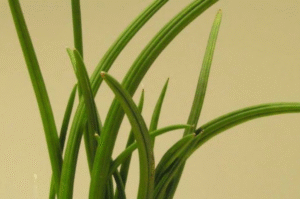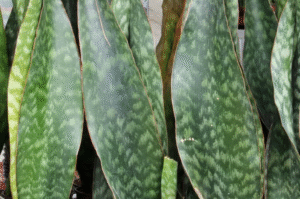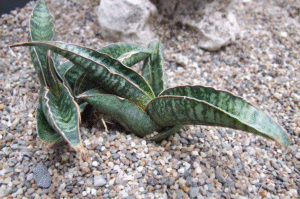Dracaena concinna, a sleek and upright variety of the Dracaena family, is the underrated gem of the indoor plant world. With its refined lance-shaped leaves and tolerance for low-light environments, this plant makes an excellent choice for both novice and seasoned plant enthusiasts. However, while Dracaena concinna may appear low-maintenance at first glance, understanding the correct planting, growing, and care techniques is crucial to maintaining its health and vibrancy.
In this guide, we’ll break down everything you need to know, step by step on how to plant, grow, and care for Dracaena concinna. Whether you’re adding it to your home office, living room, or plant shelf, this article will equip you with actionable tips that produce results.
What is Dracaena concinna?
Dracaena concinna, also known as Dracaena Reflexa var. angustifolia, is a slim-leafed tropical plant native to Madagascar and other parts of the Indian Ocean. It’s part of the broader Dracaena genus, which includes popular varieties like Dracaena marginata and Dracaena fragrans.
Key Features:
- Long, narrow, arching green leaves
- Slender stems with a woody appearance
- Grows up to 6–8 feet indoors with proper care
- Air-purifying qualities, as confirmed by NASA’s Clean Air Study
How to Plant Dracaena concinna
Getting the planting stage right lays the foundation for long-term health.
1. Choose the Right Pot
- Material: Terracotta or ceramic pots are preferred for breathability.
- Size: Go with a pot that’s 1–2 inches wider than the plant’s root ball.
- Drainage: Ensure it has at least one good-sized drainage hole to prevent root rot.
2. Select the Best Soil
- Use a well-draining potting mix. A combination of peat moss, perlite, and loamy soil works best.
- Avoid soils that retain too much moisture, like garden soil or clay-heavy mixes.
3. Planting Steps
- Add a layer of gravel or pebbles at the base.
- Fill one-third of the pot with soil mix.
- Gently position the plant upright and fill in around the roots.
- Lightly pat down the soil and water it thoroughly.
Growing Dracaena concinna: Essential Tips
Once planted, here are the ideal conditions to help your Dracaena concinna thrive:
1. Light Requirements
Dracaena concinna prefers bright, indirect sunlight. It can survive in lower light conditions but grows more slowly.
Avoid: Direct sun exposure, it scorches the leaves.
2. Watering Schedule
Overwatering is a common mistake.
Best Practice:
- Water only when the top 1–2 inches of soil are dry.
- Use filtered or distilled water, as Dracaenas are sensitive to fluoride and chlorine.
- In winter, reduce watering frequency by half.
3. Humidity and Temperature
- Humidity: Moderate to high (40%–60%)
- Temperature: Ideal range is 65°F–80°F (18°C–27°C)
- Cold Sensitivity: Avoid placing the plant near cold drafts or under AC vents.
4. Fertilizing
Feed your plant during the growing season (spring and summer) every 4–6 weeks using:
- A balanced, liquid houseplant fertilizer diluted to half strength.
Avoid overfeeding, which can cause tip burn or leaf discoloration.
Pruning and Maintenance
Pruning is crucial to maintain its shape and encourage bushier growth.
When and How to Prune:
- Prune in early spring before the growing season.
- Use clean, sharp shears to snip off yellowing or damaged leaves.
- To control height, trim the top growth, and new shoots will emerge from the sides.
Propagation of Dracaena concinna
Dracaena concinna can be propagated through stem cuttings. Here’s how:
- Cut a healthy stem around 6–8 inches long.
- Dry the cutting for a day to allow the wound to callus.
- Root in water or moist soil.
- Wait 4–6 weeks for roots to develop before transplanting.
Common Problems and Solutions
1. Yellowing Leaves
- Cause: Overwatering or poor drainage
- Fix: Let the soil dry out and repot if necessary.
2. Brown Leaf Tips
- Cause: Fluoride in water, low humidity
- Fix: Use filtered water and increase humidity with a pebble tray or humidifier.
3. Drooping Leaves
- Cause: Underwatering or cold drafts
- Fix: Check soil moisture and relocate the plant away from the AC or windows.
Dracaena concinna vs. Other Dracaena Varieties
| Feature | Dracaena concinna | Dracaena marginata | Dracaena fragrans |
| Leaf Type | Narrow, upright leaves | Thin, red-edged leaves | Broad, corn-like leaves |
| Size (Indoor) | 6–8 ft | 5–6 ft | 4–6 ft |
| Maintenance | Moderate | Easy | Easy |
| Light Tolerance | Indirect light preferred | Tolerates lower light | Tolerates lower light |
Benefits of Growing Dracaena concinna
- Air Purification: Removes toxins like formaldehyde and benzene.
- Aesthetic Appeal: Adds structure and height to any space.
- Pet Caution: Toxic to cats and dogs if ingested—place out of reach.
Frequently Asked Questions (FAQs)
Is Dracaena concinna toxic to pets?
Yes, it’s toxic to dogs and cats. Symptoms include vomiting and drooling if ingested.
How fast does Dracaena concinna grow?
It’s a moderate grower, typically adding a few inches per year under ideal conditions.
Can I grow Dracaena concinna outdoors?
Yes, in USDA Zones 10–12. However, it should be kept indoors in cooler climates.
Why are the leaves curling inward?
Usually a sign of underwatering or low humidity. Adjust your watering schedule and mist the plant.
Can I propagate Dracaena concinna in water?
Yes, stem cuttings can be rooted in water before being transplanted to soil.
Conclusion
Dracaena concinna stands out for its clean vertical lines, manageable care requirements, and air-purifying capabilities. Whether you’re starting your plant parent journey or adding another tropical beauty to your collection, this plant offers both style and substance. By following the proper planting steps, adjusting light and water conditions, and addressing issues early, you’ll have a thriving Dracaena concinna that elevates your indoor environment for years to come.

